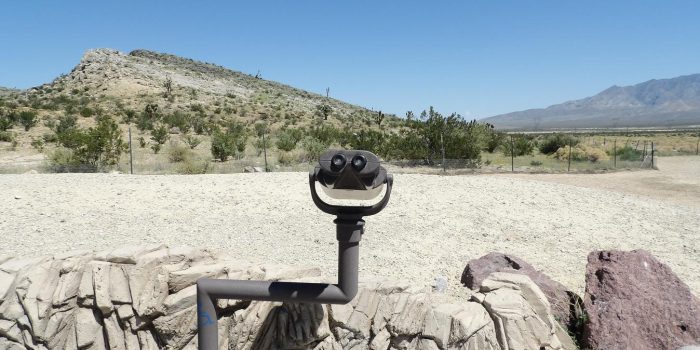The goal of Jonathon Keats, an experimental philosopher at the University of Arizona College of Fine Arts, is to take a millennium-long exposure shot of the Arizona desert as part of the ambitious Millennium Camera project, which combines art and science. The idea is based on the pinhole camera design, which dates back to the first cameras made about a millennium ago. It is made like a copper cylinder with a 24-karat gold sheet attached to one end. The camera is mounted on a steel pole, aimed at the Tucson desert, and covered with rose madder oil paint pigment to create a surface that reacts to light.
The slow exposure process will result in a unique time capsule, showcasing the gradual changes in the landscape over the course of a millennium. The mountains, characterized by slower fading pigments, will stand boldly in the photograph, while dynamic elements like buildings will appear partly transparent, reflecting the impermanence of human endeavors.

Despite the fascinating concept, the success of the Millennium Camera hinges on its resilience over the centuries. Natural disasters, human interference, or unforeseen events could jeopardize the project’s longevity. Nevertheless, the camera’s purpose extends beyond providing future generations with a historical record. Positioned near a hiking trail on Tumamoc Hill, it serves as a contemporary inspiration, encouraging present-day individuals to contemplate the future.

Keats plans to erect other Millennium Cameras, each pointing in a different direction, in a number of places, such as China, Los Angeles, and the Austrian Alps. The initiative represents a special fusion of technology progress, human creativity, and a wish to close the gap between the past, present, and future. The Millennium Camera fosters proactive thinking and raises public awareness of how present activities affect future generations by asking people to contemplate what Tucson might look like in 3023. Whether the camera lives up to its projected timeline or not, its legacy will reside not only in the picture it takes but also in the thoughts it arouses about the fleeting nature of life and our duty to create a sustainable future.


